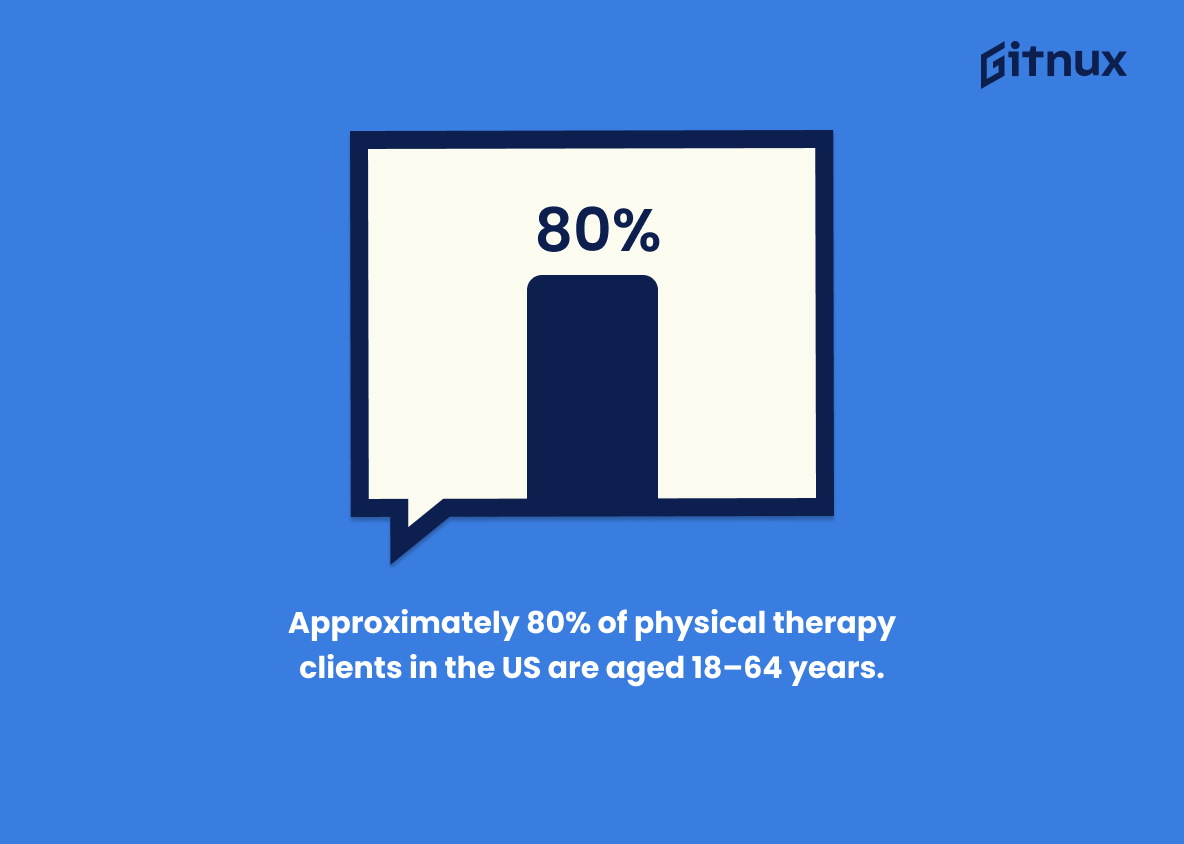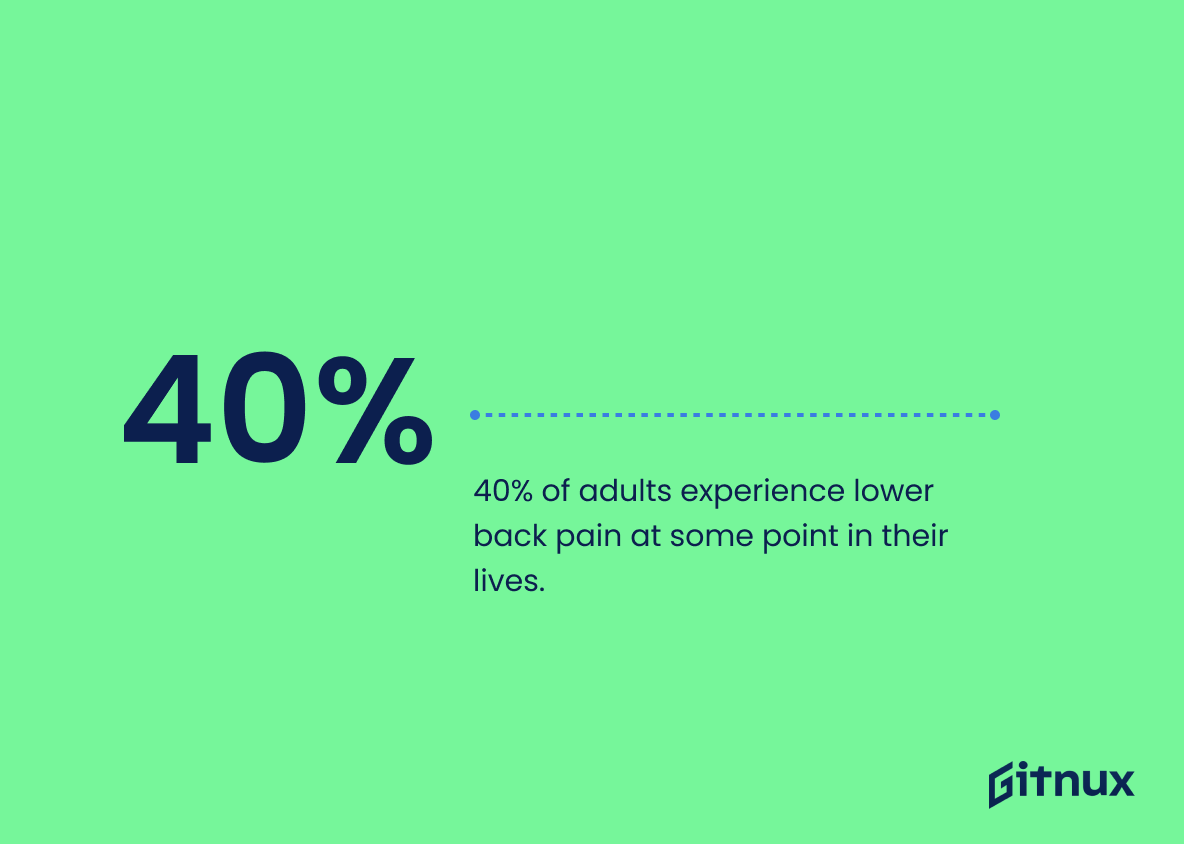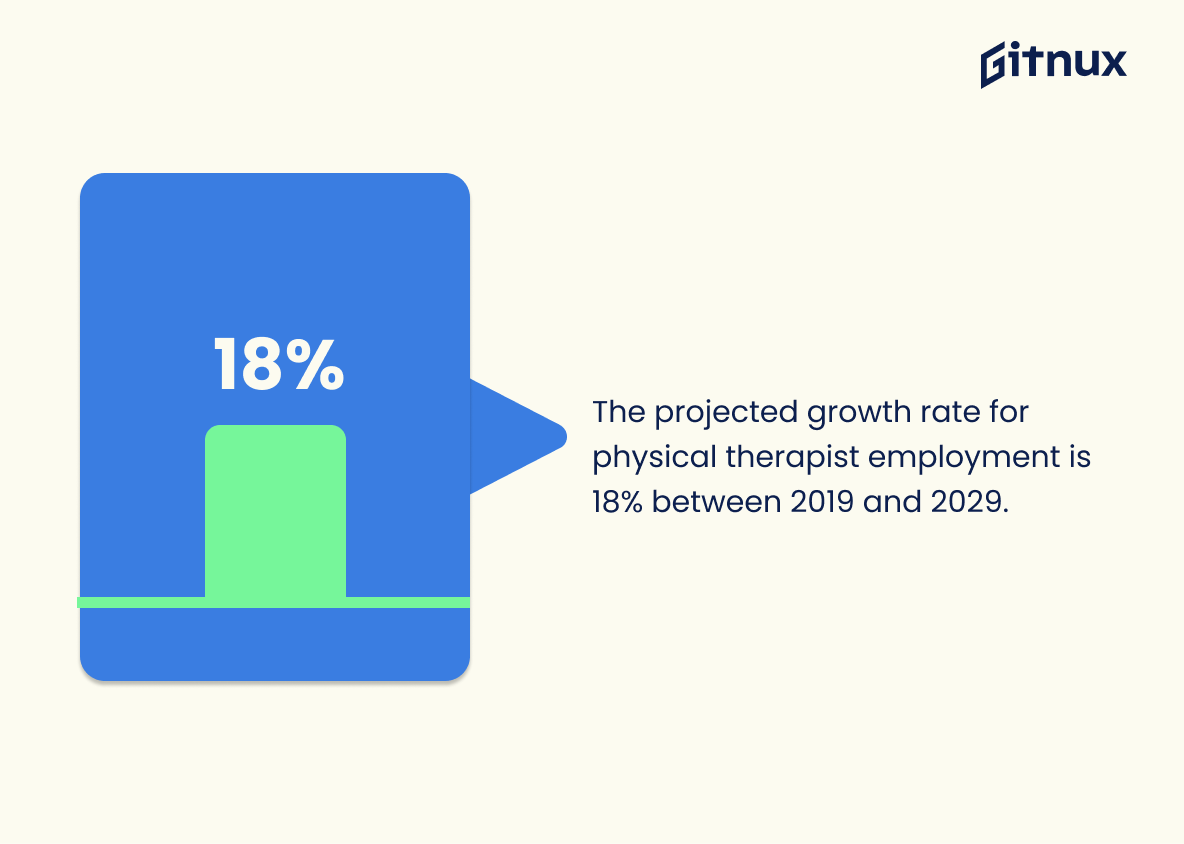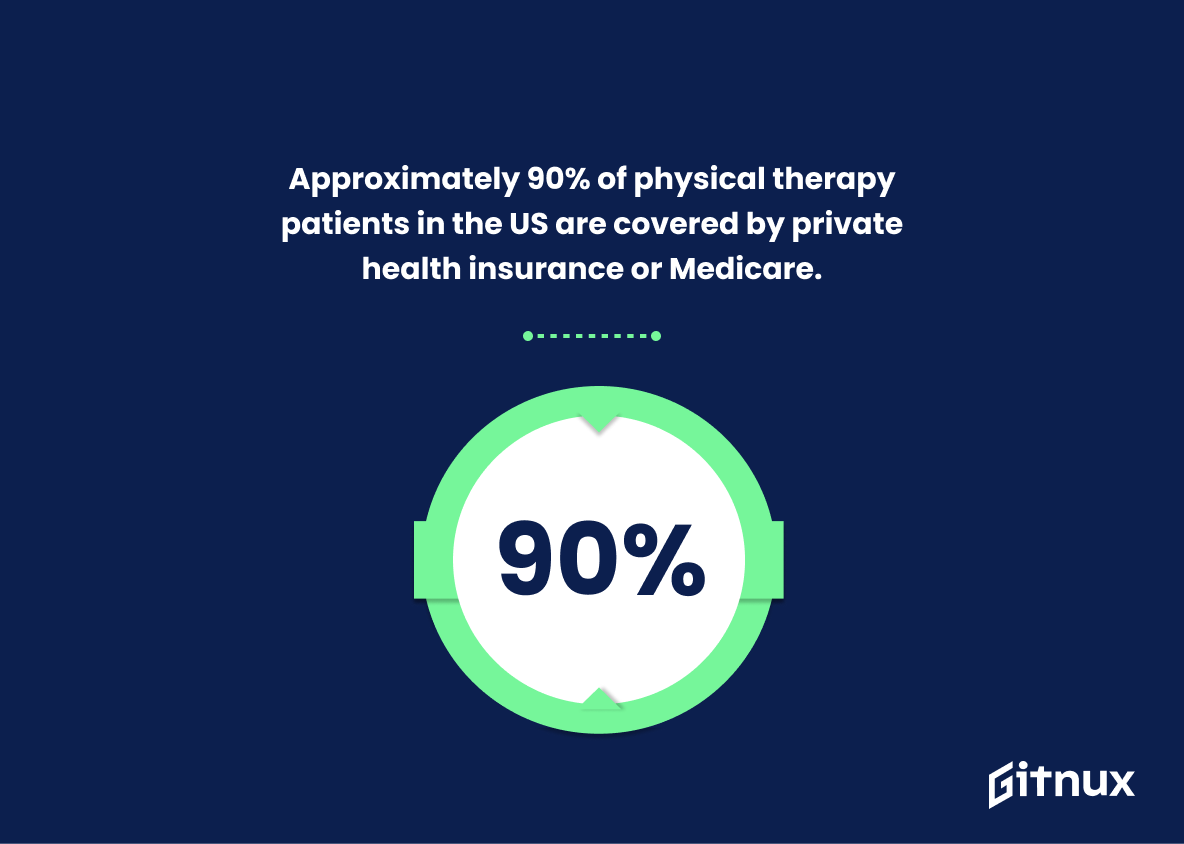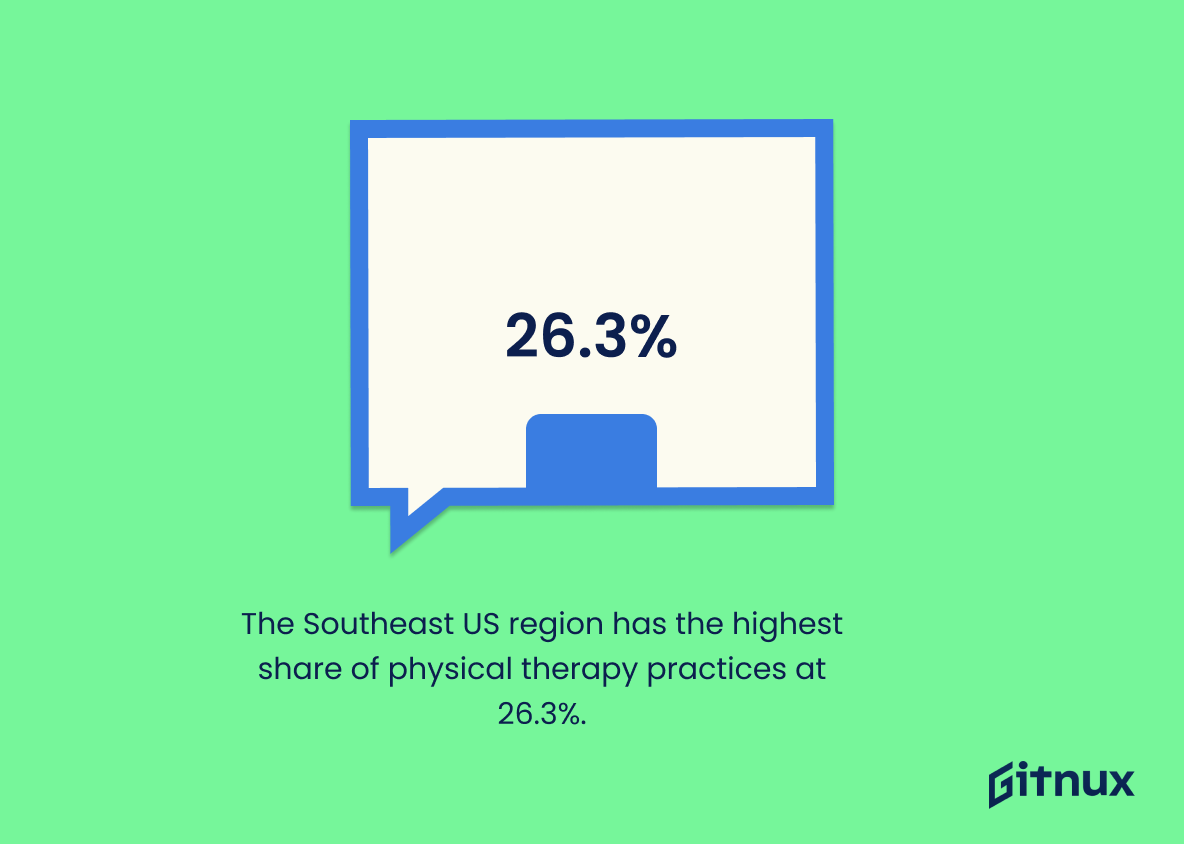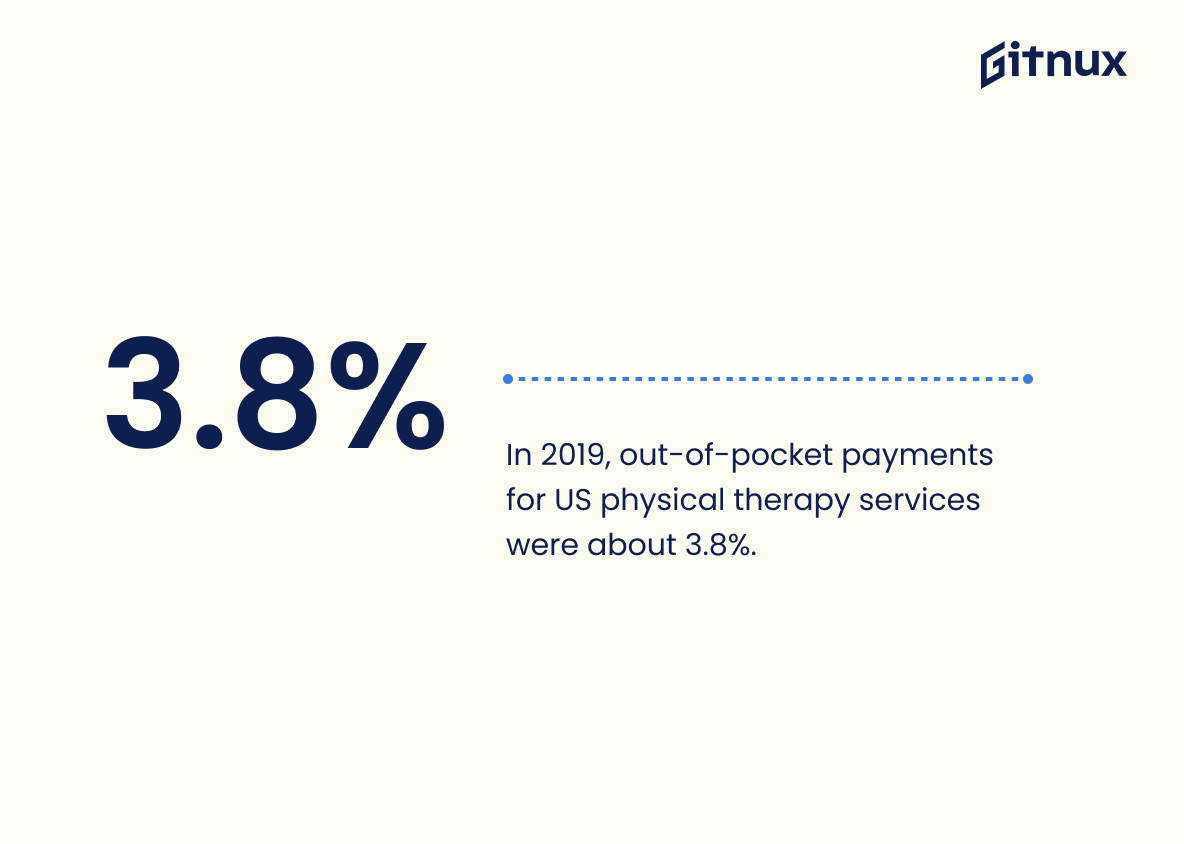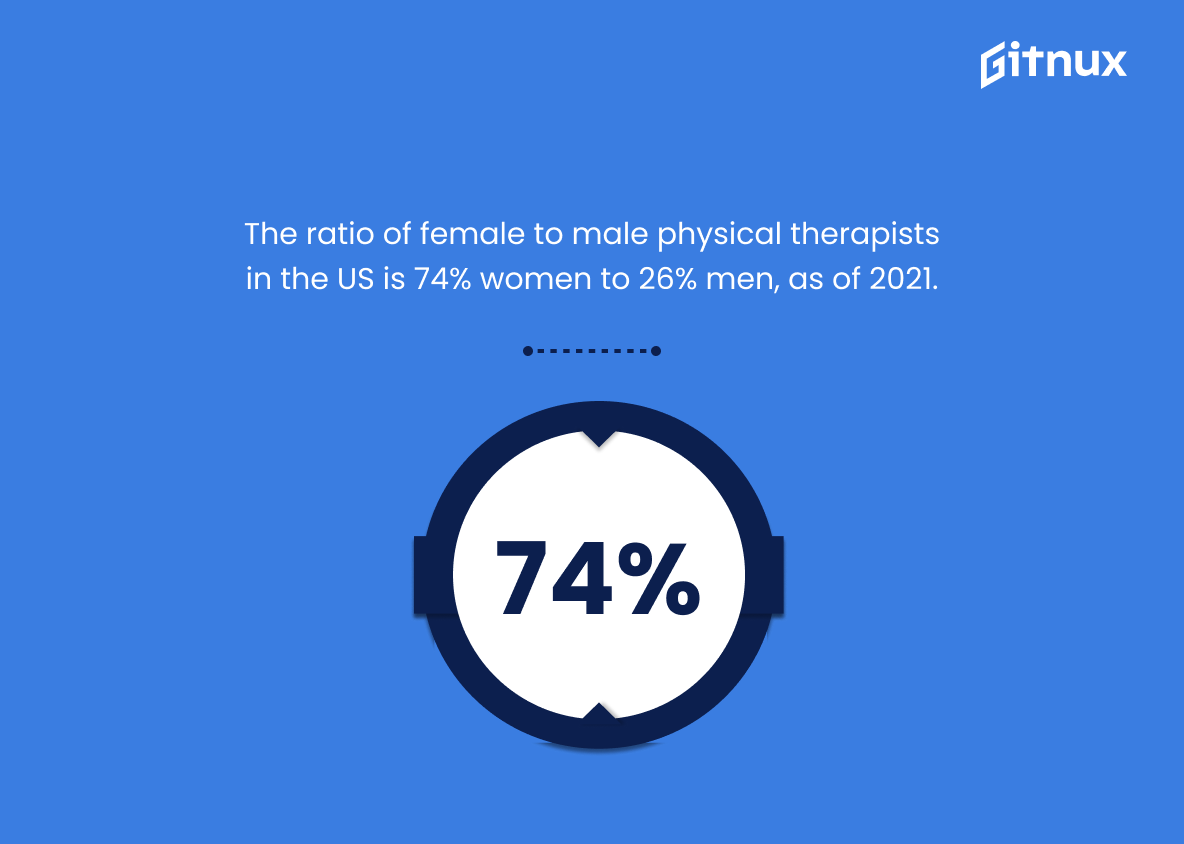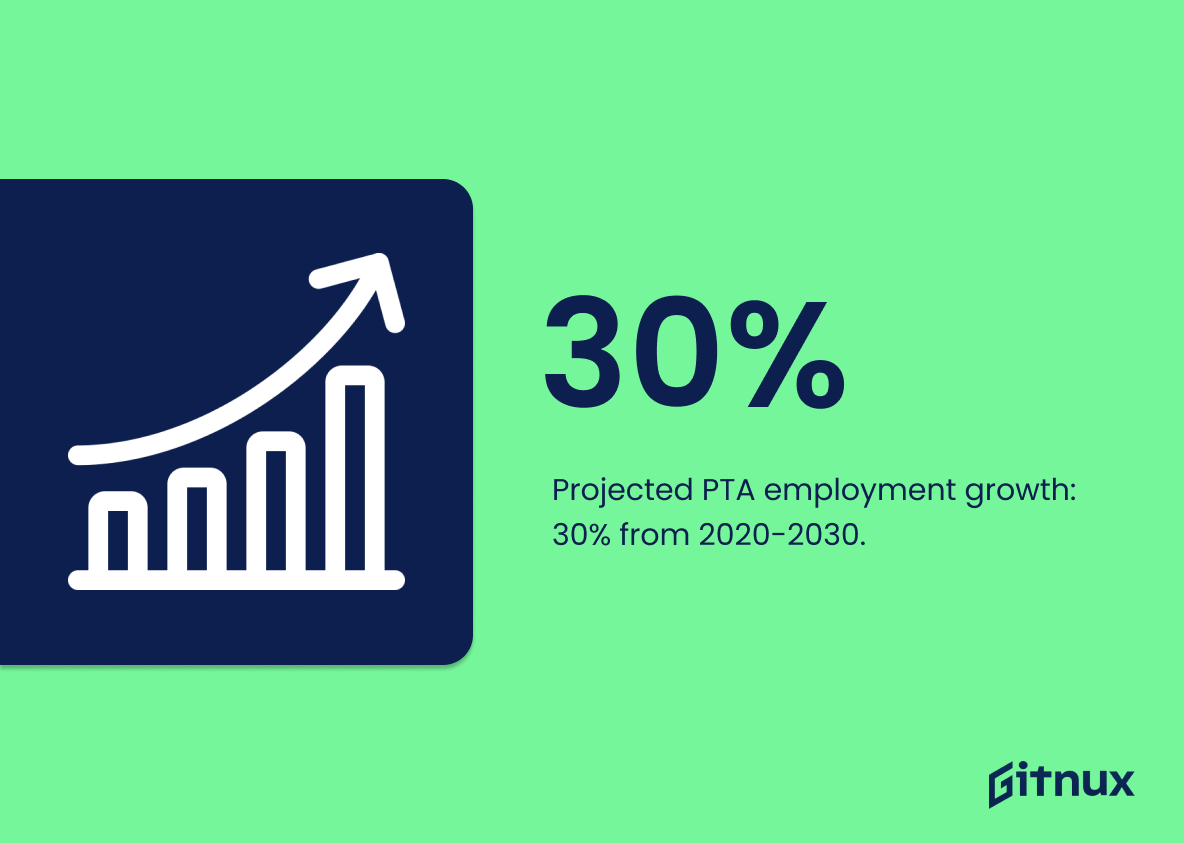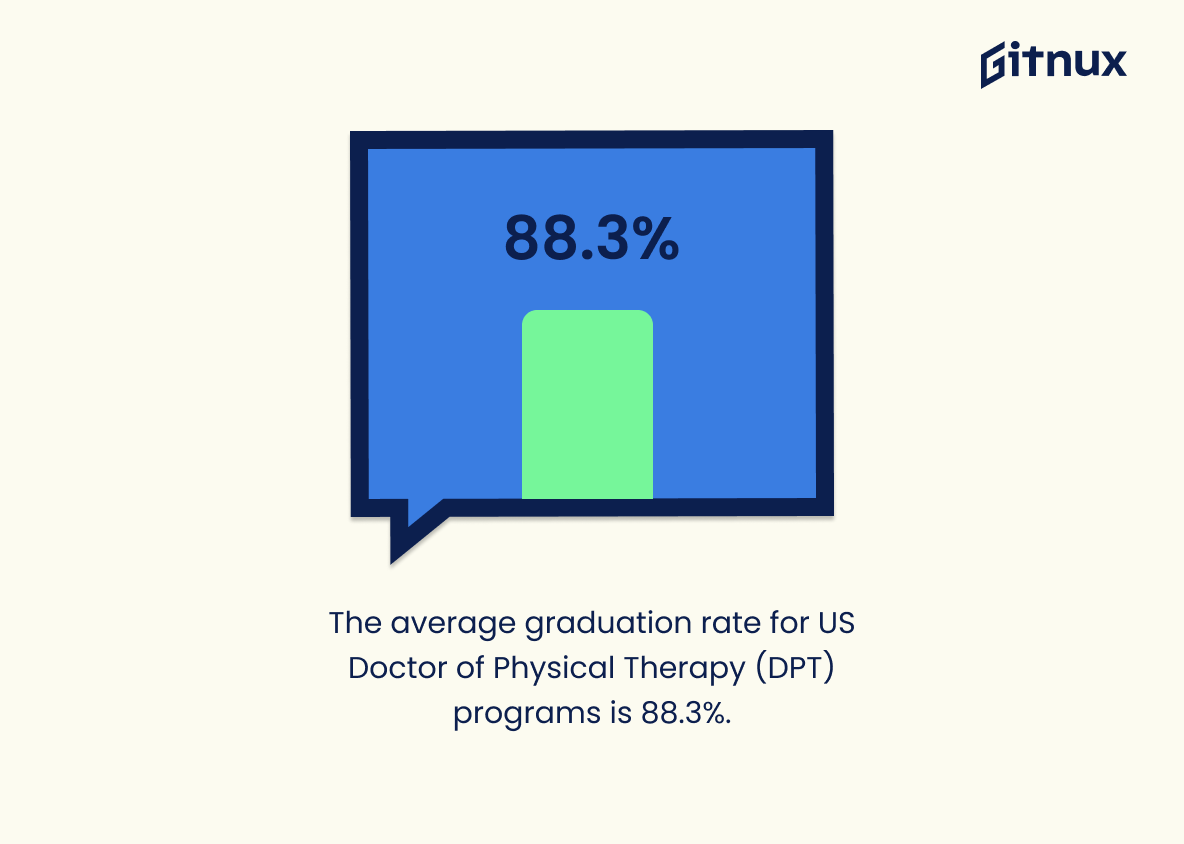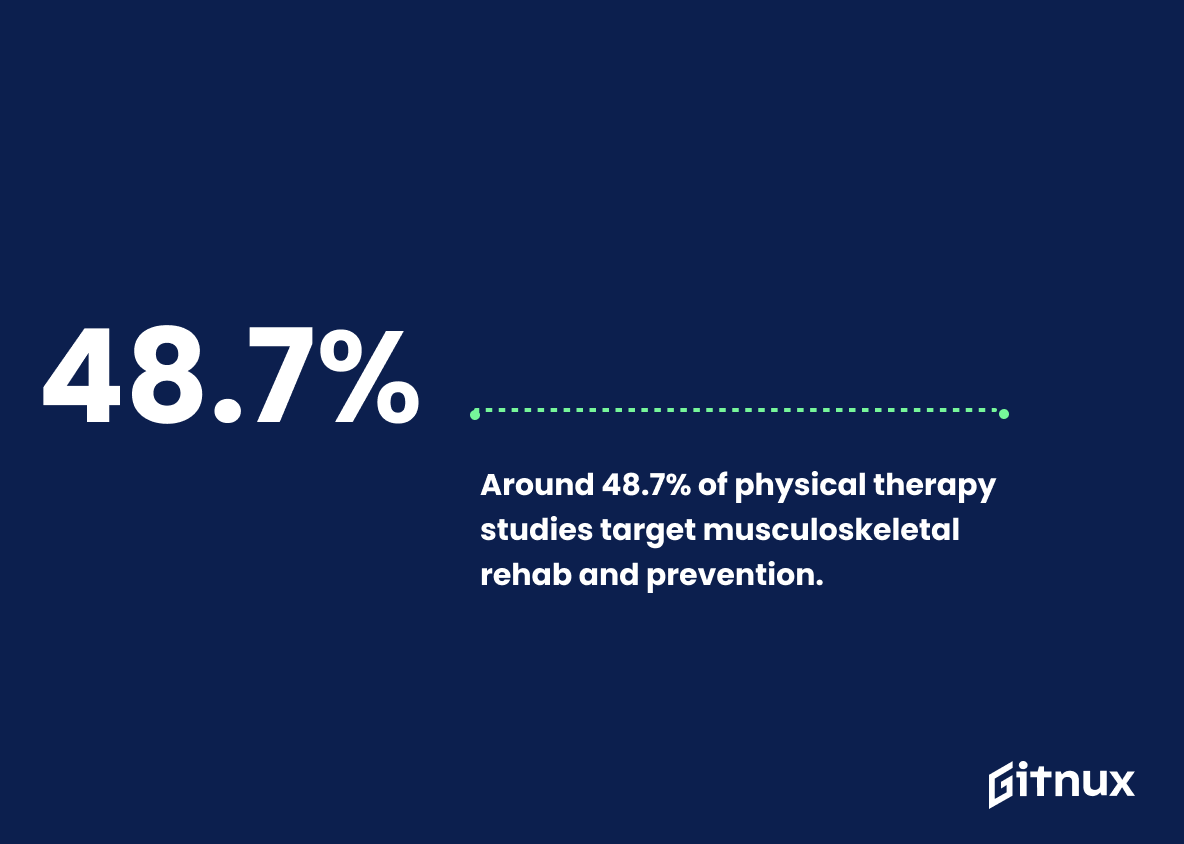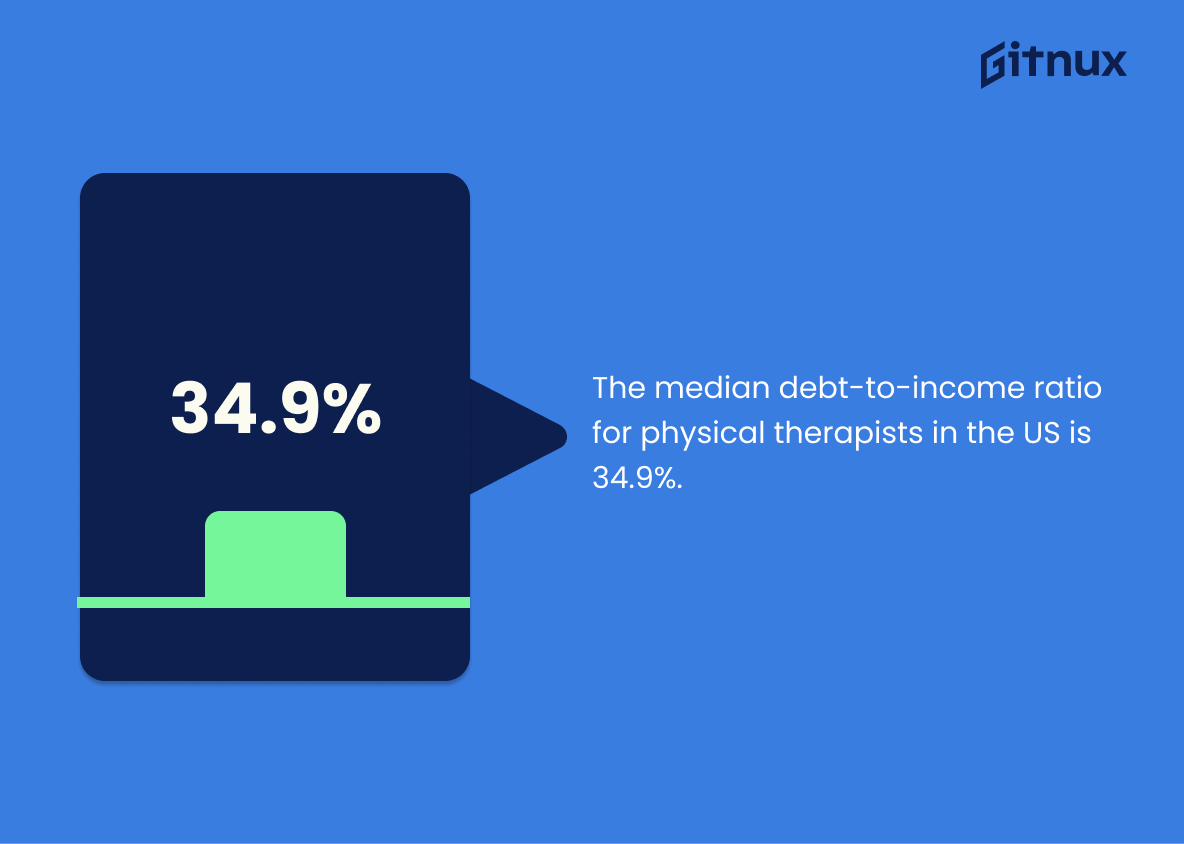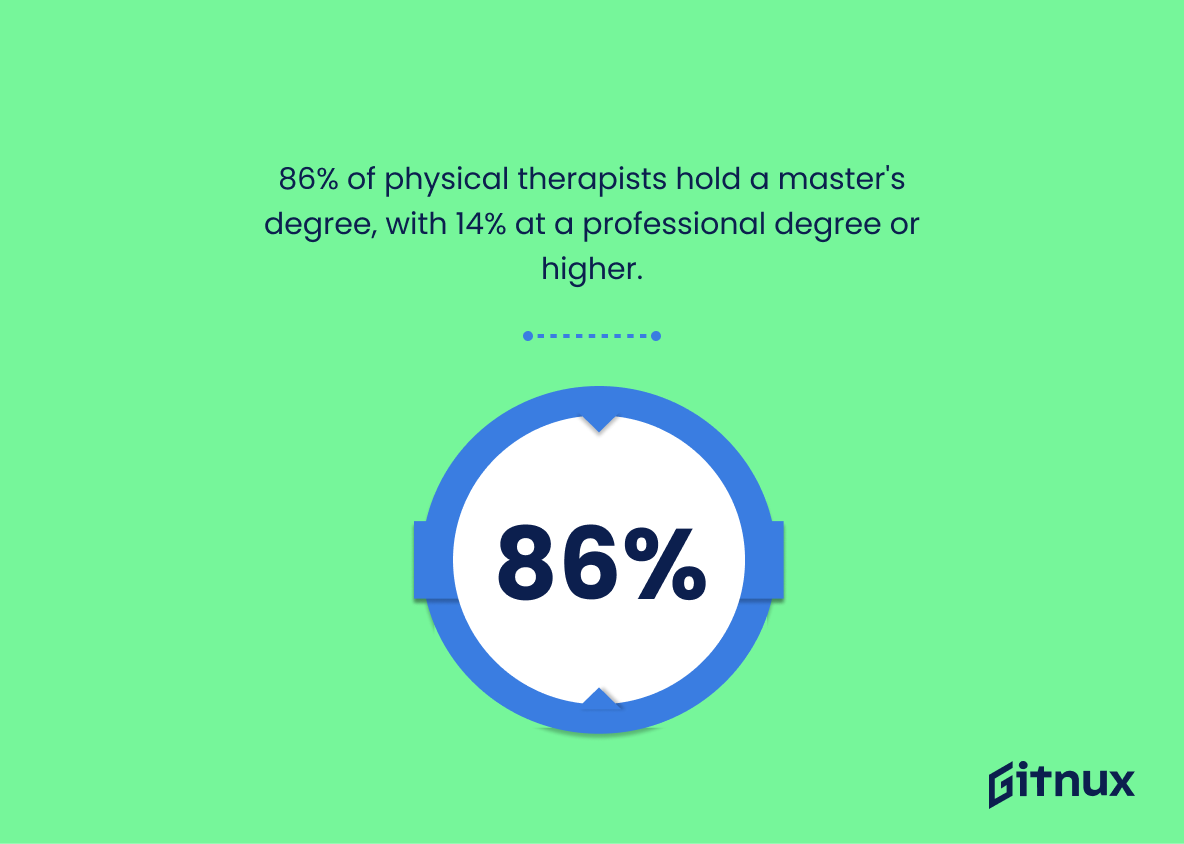The physical therapy industry is a rapidly growing field with many opportunities for professionals. According to Allied Market Research, the global physical therapy market is projected to reach $358.5 billion by 2027 at a CAGR of 6.1%. In the United States alone, this industry generates an estimated $34 billion in revenue annually and employs over 206,870 people across small businesses and larger organizations alike. The US physical therapy industry is expected to grow at an annualized rate of 1.9% from 2021-2026 while telehealth usage has increased by more than 1000% during the COVID-19 pandemic due to social distancing measures being implemented worldwide.
Physical therapists are highly sought after as they specialize in treating musculoskeletal conditions such as lower back pain which affects 40% of adults at some point in their lives according to research published on NCBI PMC website . Furthermore, employment growth for PTAs (physical therapist assistants) is projected at 30%, making it one of the fastest growing occupations between 2020-2030 according to ONET Online data source . With approximately 90% coverage through private health insurance or Medicare , patients can easily access quality care provided by these skilled professionals who have obtained either master’s degrees or professional degrees/higher education qualifications – 86 % having achieved masters level studies and 14 % higher educational qualifications respectively per Data USA statistics .
In addition, salaries remain competitive with average wages reaching up to $90 170 per year based on Bureau Of Labor Statistics figures whilst debt levels remain relatively low compared other healthcare professions – median debt income ratio standing currently 34 9 percent according credible blog post findings . Finally recognition within society remains high ranking 12th best job overall amongst all healthcare jobs reported U S News & World Report survey results showing that Physical Therapists continue be valued members medical community providing essential services those need them most.
Physical Therapy Industry Statistics Overview
The physical therapy industry in the United States is expected to grow at an annualized rate of 1.9% from 2021-2026.
This statistic is a crucial indicator of the future of the physical therapy industry in the United States. It shows that the industry is expected to experience steady growth over the next five years, indicating that physical therapy is a viable and profitable career path. This statistic is important for anyone considering a career in physical therapy, as it provides an indication of the potential for job security and growth in the industry.
Approximately 80% of physical therapy clients in the US are aged 18–64 years.
This statistic is a telling indication of the Physical Therapy Industry’s focus on the 18-64 age demographic. It highlights the fact that the majority of physical therapy clients are within this age range, suggesting that the industry is catering to the needs of this particular age group. This is an important insight for anyone looking to gain a better understanding of the Physical Therapy Industry and its target market.
40% of adults experience lower back pain at some point in their lives, making it the most prevalent musculoskeletal condition treated by physical therapists.
This statistic is a powerful reminder of the importance of physical therapy in the lives of adults. It highlights the fact that lower back pain is a common issue that affects a large portion of the population, and that physical therapists are the go-to professionals for treating this condition. This statistic is a testament to the value of physical therapy and the impact it can have on people’s lives.
The projected growth rate for physical therapist employment is 18% between 2019 and 2029.
This statistic is a testament to the increasing demand for physical therapists, indicating that the physical therapy industry is growing rapidly. It is a sign that the industry is thriving and that physical therapists are in high demand. This is great news for those considering a career in physical therapy, as it suggests that there will be plenty of job opportunities in the near future.
Approximately 90% of physical therapy patients in the US are covered by private health insurance or Medicare.
This statistic is a telling indication of the importance of physical therapy in the US healthcare system. It shows that the majority of patients are able to access physical therapy services through private health insurance or Medicare, which suggests that physical therapy is seen as a necessary and beneficial form of treatment. This is an important statistic to consider when discussing the physical therapy industry, as it highlights the importance of physical therapy in the US healthcare system.
The average annual wage for physical therapists in the US is $90,170.
This statistic is a powerful indicator of the value of physical therapists in the US. It speaks to the level of expertise and dedication required to be successful in the field, and the financial rewards that come with it. It also serves as a benchmark for those considering a career in physical therapy, providing an idea of the potential salary they could expect to earn. Ultimately, this statistic is a testament to the importance of physical therapy in the US and the impact it has on the lives of those who practice it.
The Southeast US region has the highest share of physical therapy practices at 26.3%.
This statistic is a telling indication of the importance of physical therapy in the Southeast US region. It speaks to the prevalence of physical therapy practices in the area, suggesting that the region has a high demand for physical therapy services. This could be due to a variety of factors, such as the region’s population size, the prevalence of certain medical conditions, or the availability of physical therapy resources. Whatever the cause, this statistic is a valuable insight into the physical therapy industry in the Southeast US.
Out-of-pocket payments for physical therapy services in the US accounted for approximately 3.8% of payments in 2019.
This statistic is a telling indication of the importance of physical therapy services in the US. It shows that despite the rising costs of healthcare, people are still willing to pay out-of-pocket for physical therapy services, suggesting that physical therapy is seen as a valuable and necessary service. This statistic is a testament to the value of physical therapy and its importance in the US healthcare system.
Telehealth usage in physical therapy practices has increased by over 1000% during the COVID-19 pandemic.
This statistic is a testament to the incredible adaptability of physical therapy practices in the face of the COVID-19 pandemic. It demonstrates the willingness of physical therapists to embrace new technologies and innovate in order to continue providing quality care to their patients. This statistic is a powerful reminder of the resilience of the physical therapy industry and its ability to rise to the challenge of a global health crisis.
The ratio of female to male physical therapists in the US is 74% women to 26% men, as of 2021.
This statistic is a telling indication of the gender disparity in the physical therapy industry. It highlights the fact that women are significantly more likely to pursue a career in physical therapy than men, and that this trend has been consistent for some time. This is an important statistic to consider when discussing the physical therapy industry, as it provides insight into the gender dynamics of the field and how they may be impacting the industry as a whole.
Anticipated future employment growth for physical therapist assistants (PTAs) is projected at 30% from 2020-2030.
This statistic is a beacon of hope for those looking to enter the physical therapy industry. With an anticipated growth of 30% from 2020-2030, physical therapist assistants (PTAs) can look forward to a bright future in the field. This statistic is a testament to the increasing demand for physical therapy services, and the potential for a successful career in the industry.
The average graduation rate for US Doctor of Physical Therapy (DPT) programs is 88.3%.
This statistic is a testament to the success of Physical Therapy programs in the US, as it indicates that the majority of students who enroll in DPT programs are able to complete their studies and graduate. This is an important indicator of the quality of Physical Therapy education, and speaks to the effectiveness of the programs in preparing students for their future careers.
Approximately 48.7% of physical therapy studies focus on rehabilitative and preventive strategies related to musculoskeletal conditions.
This statistic is a testament to the importance of physical therapy in the treatment of musculoskeletal conditions. It highlights the fact that physical therapy is a viable option for those suffering from such conditions, and that a significant portion of research is dedicated to finding new and improved rehabilitative and preventive strategies. This is a crucial insight for anyone looking to learn more about the physical therapy industry and its impact on the health and wellbeing of individuals.
The median debt-to-income ratio for physical therapists in the US is 34.9%.
The debt-to-income ratio of physical therapists in the US is a telling statistic when it comes to the financial health of the physical therapy industry. With a median ratio of 34.9%, it is clear that physical therapists are managing their debt responsibly and are in a good position to continue to provide quality care to their patients. This statistic is a testament to the financial stability of the physical therapy industry and its ability to remain a viable option for those seeking physical therapy services.
About 86% of physical therapists have at least a master’s degree, while 14% have a professional degree or higher.
This statistic is a testament to the dedication of physical therapists to their profession. It shows that the vast majority of physical therapists have gone above and beyond the minimum educational requirements to become certified, and have invested in their own professional development. This speaks to the commitment of physical therapists to providing the highest quality of care to their patients.
Conclusion
The physical therapy industry is a rapidly growing field with immense potential for growth. The global physical therapy market is projected to reach $358.5 billion by 2027, at a CAGR of 6.1%. In the United States alone, the industry generates over $34 billion in revenue annually and employs more than 206,870 professionals across small businesses and large organizations alike. Physical therapists are highly sought after due to their expertise in treating musculoskeletal conditions such as lower back pain which affects 40% of adults worldwide; this demand has led to an expected 18% employment growth rate between 2019-2029 and 1.9% annualized rate from 2021-2026 within the US alone. Furthermore, telehealth usage during COVID-19 has increased exponentially while out-of pocket payments remain low at 3.8%, making it easier for patients to access quality care without breaking the bank or leaving home. With high wages ($90k/year) and graduation rates (88%), there’s no doubt that physical therapy will continue its upward trajectory into 2022 and beyond.
References
0. – https://www.ibisworld.com
1. – https://www.apta.org
2. – https://www.onetonline.org
3. – https://www.capteonline.org
4. – https://www.ibisworld.com
5. – https://www.bls.gov
6. – https://www.cms.gov
7. – https://www.ncbi.nlm.nih.gov
8. – https://www.credible.com
9. – https://www.datausa.io
10. – https://www.pubmed.ncbi.nlm.nih.gov

